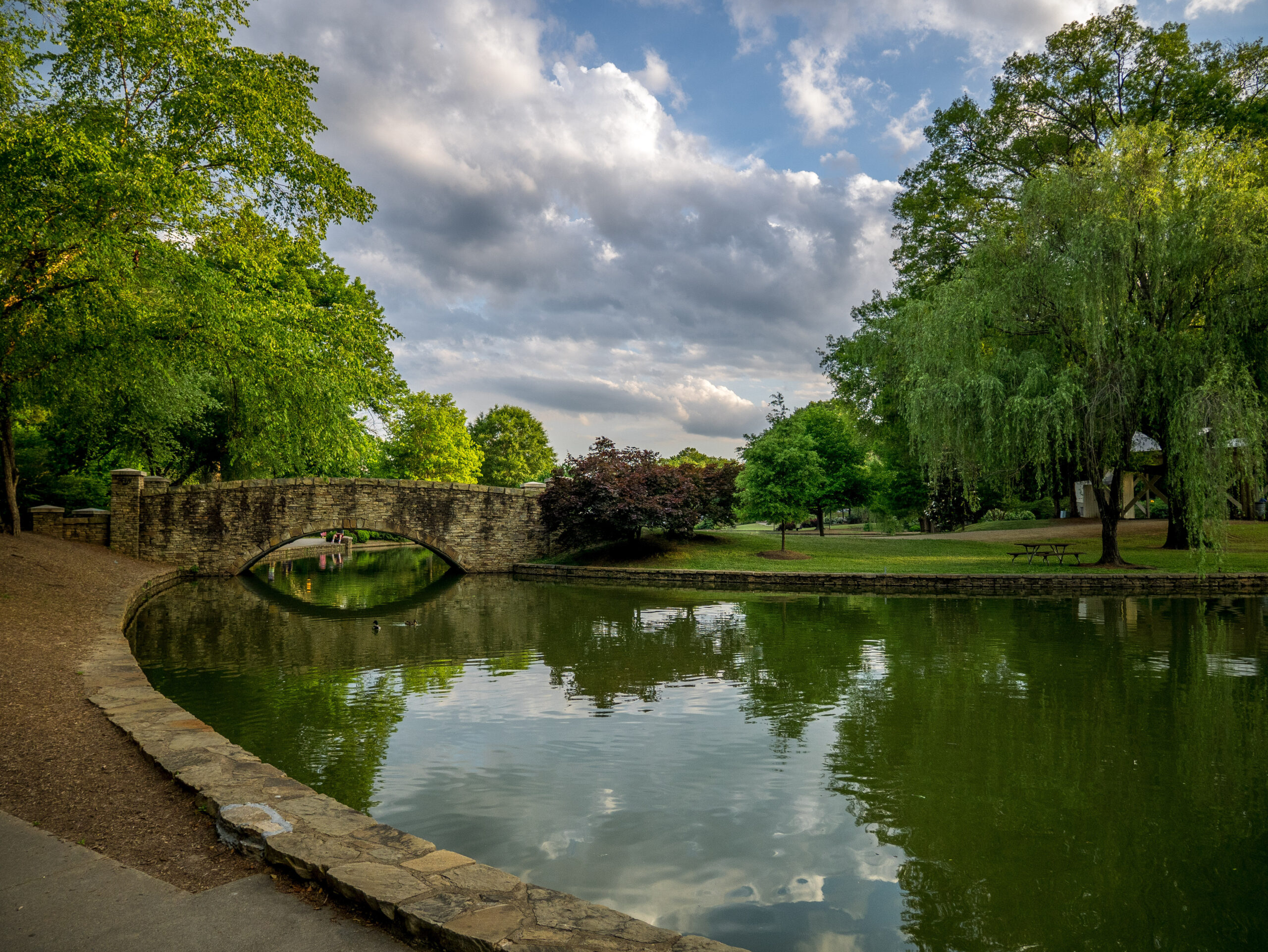Impact of Trees
Your Journey to a Fulfilling Life
Impact of Trees and our Mission to Plant Along our Stream Network Through our Creek ReLeaf Program
Trees are vital to a healthy environment and provide services that improve air quality, water quality, wildlife habitat, stream buffers, and our quality of life. Among other services, trees produce oxygen; remove pollutants from the air and from water runoff; reduce the production of harmful ground level ozone; reduce global warming; anchor our soil and stabilize our stream banks; shade and cool our homes, businesses, and natural areas; increase our property values; reduce flooding and stream scouring; and increase the amount of water in our lakes and streams in times of drought.
Notwithstanding the value and importance of trees, we continue lose trees and open space at a dramatic rate. According to the 2008 tree canopy study of Mecklenburg County completed by American Forests, Inc., between 1985 and 2008 we lost 33% of tree canopy, 2.8% of our open space, and increased our urban/impervious area (roads, parking lots, buildings) by 60%. Lost air quality benefits resulting from this land cover change – $8,739,909.00 annually. Increased costs to manage storm water resulting from this change – $50,093,674.00.
Unfortunately, more recent tree canopy analyses, published in 2014 and 2018, which were commissioned by Charlotte and completed by the University of Vermont, working with local non-profit TreesCharlotte, reveal further declines in Charlotte’s tree canopy and open space percentages. The 2018 analysis revealed that the city’s canopy percentage had fallen to 45%.
Putting such loss in more relatable terms, according to TreesCharlotte, over the past several years Charlotte has been losing more than 100,000 trees annually. A 2022 article from the UNC Urban Institute indicates that the city is losing three football fields worth of trees per day due to development.
As Charlotte and Mecklenburg county continue to lose trees due to development there are good opportunities to mitigate loss by planting new trees along our stream network and on individual homeowner lots.

Mitigating for such significant tree loss will require a lot of tree planting. In this regard data from the 2014 canopy analysis contains good news for our Creek ReLeaf program. The analysis reveals that of the land areas along our streams and within stream buffers, which total 29,551 acres, 73% are categorized as tree canopy and 22% are categorized as possible tree canopy. This means ample opportunities exist to stabilize stream banks and protect water quality by increasing the amount of tree canopy in these environmentally important zones.
Based on the foregoing and the fact that more growth and development is on the way it is very clear that we must both save and plant more trees to reduce the negative impacts of growth, which is the mission of the Charlotte Public Tree Fund.
Our Solution – maximize the benefits derived from our Creek Releaf® Program – Reforestation of stream side buffers and adjacent areas to preserve stream health and water quality.

